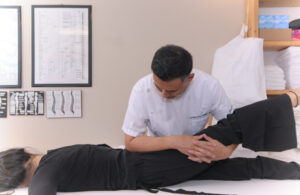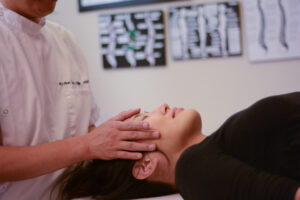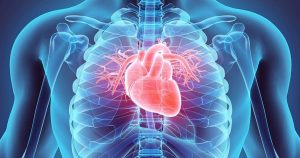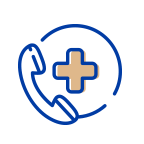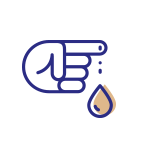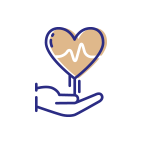What is craniosacral therapy?
Craniosacral therapy is a drug-less, non-invasive, type of bodywork that relieves compression in the bones of the head, spinal column, and sacrum. This can soothe pain, reduce stress and relieve tension. As a result, cranial mobility is restored and nerves are free from restriction.
What is a gua sha facial?
A gua sha tool is a smooth stone that is used to glide along the skin to relax tense muscles, encourage blood flow, and stimulate the lymphatic system. A gua sha facial offers results in skin healing, pain relief, and subtle face changes/ face sculpting.
How does it work?
Recovery is just as important as performance. Cranio-sacral therapy engages the nervous system to dialogue from an overstimulated/dysregulated state to a calm/restful state. Using cranio-sacral techniques, it takes on average 30 minutes for the body to go from a sympathetic state (fight or flight/freeze) to a parasympathetic state (rest & digest). Gua sha massages the muscles of the face, scalp, and neck to integrate this relaxed state. 30 minutes of gua sha will increase nutritious blood flow and release tension. This treatment is best for you if you want to focus on mental well-being, promote skin healing, release stress tension in the neck, jaw, and face, and return to feeling like yourself from the inside out.
Who can benefit from Craniosacral Therapy and Gua Sha Facial?
Anyone can benefit from craniosacral therapy and gua sha facials. However, those who experience brain aneurysms, meningitis, or acute severe infections should consult with their doctor prior to treatment. For botox or fillers, Gua sha facial is not recommended until 2 weeks after injections.
It may be apart of your treatment for conditions like:
Migraines and headaches
Mental well-being
Constipation
Irritable bowel syndrome (IBS)
Disturbed sleep cycles and insomnia
Scoliosis
Sinus infections
Neck pain
Fibromyalgia
TMJ/TMJD
Trauma recovery, including trauma from whiplash
Mood disorders like anxiety or depression
Difficult pregnancies
Reproductive health
Face surgery / dental procedure rehabilitation


